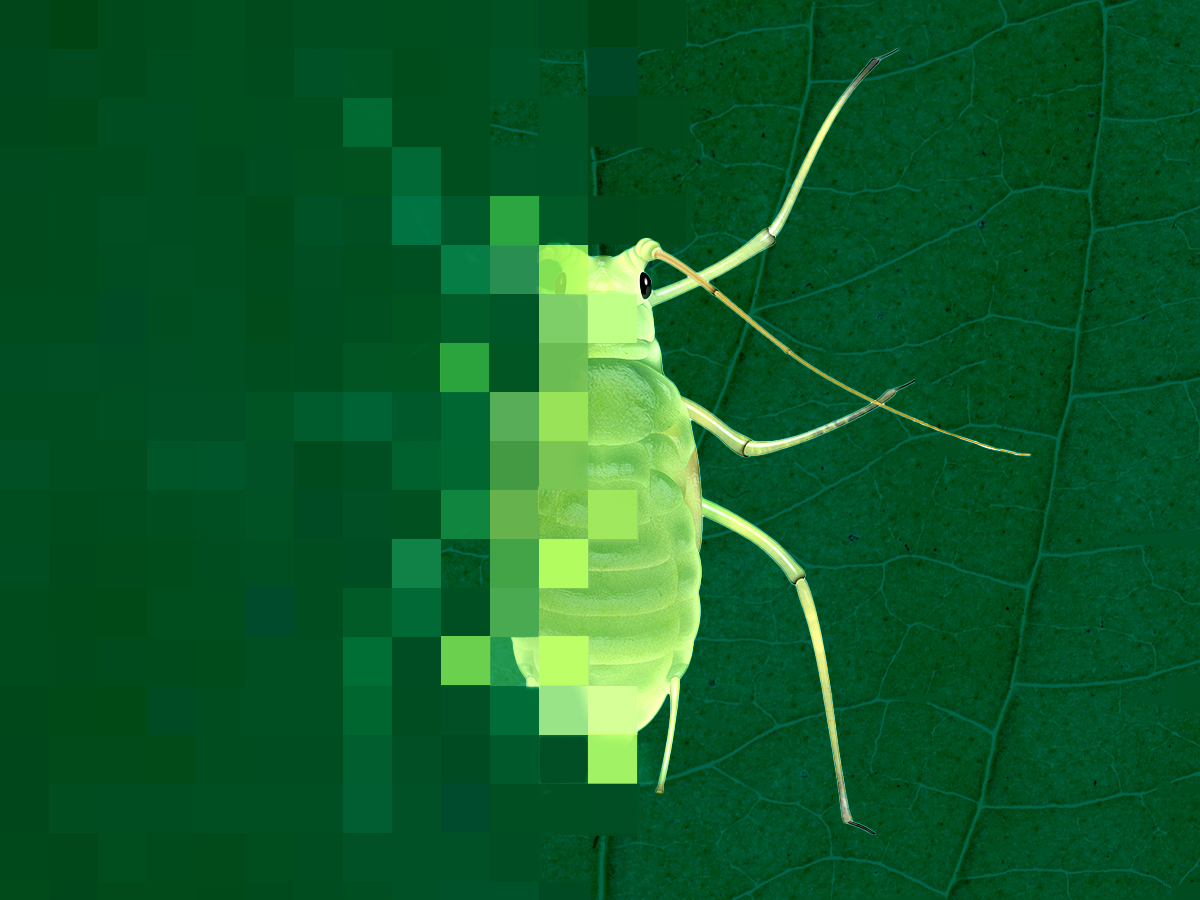Food for life: Cultivating, sustaining and transforming
Designing robots to keep crops safe
Meet the Expert
Designing robots to keep crops safe

Insect infestations can severely damage or even destroy crops. The Food and Agriculture Organization (FAO) of the United Nations estimates that pests and diseases account for between 20 and 40 per cent of global crop losses per year. To detect pests, farmers usually have to manually check their fields. Once an infestation is found, large sprayers are used to treat the area with pesticides which can lead to increased environmental and health risks when used in excess, according to the FAO.
Faculty of Science professor Guanghui (Richard) Wang and his collaborators are prototyping an easier way to detect and fight invasive insects: a small robot. “The robot can scout the field periodically, and once aphids are detected, we can just use the on-board spray system,” he explains. This would save farmers work and reduce the negative impacts of excessive pesticide use through precision spraying. The robot would be accessible for different sizes of farms, including small operations where large spray systems may be more money than farmers want to spend.
Identifying aphid clusters with AI
Professor Wang’s specialty is computer vision. Computer vision involves teaching an artificial intelligence how to interpret the images it is shown. As one step in their goal of developing a small insect-detecting robot, professor Wang and collaborators from the University of Kansas and Kansas State University used machine learning to train eight different algorithms. The team took the novel approach of identifying aphid clusters, which is how the insects usually appear in real-life situations.
The algorithms learned to recognize and “segment” aphid clusters through techniques that could be expanded to other types of insects in future, achieving more than 80 per cent precision in identifying the clusters. Segmenting refers to the division of images into sections based on similarities between pixels, which helps identify objects and their boundaries.
To conduct this machine learning, they took thousands of field photos. Agriculture professors were tapped to help teach the team’s research assistants how to identify aphid clusters. The research assistants then manually annotated more than 5,000 images that showed signs of aphid infestations in order to have a dataset to train the different machine learning algorithms. The researchers developed various techniques to boost the performance of the learning algorithms in localizing and segmenting aphid clusters.
Professor Wang and his collaborators have now selected an algorithm based on this work and are in the process of integrating the machine-learning models into a robot prototype.
The robot can scout the field periodically, and once aphids are detected, we can just use the on-board spray system.

Learn more in the journal article “Aphid cluster recognition and detection in the wild using deep learning models” (external link) from Scientific Reports and the conference article “On the real-time semantic segmentation of aphid clusters in the wild” (external link) in the proceedings of the IEEE/CVF Conference on Computer Vision and Pattern Recognition Workshops.
This project was supported by the U.S. National Science Foundation and the U.S. Department of Agriculture. Professor Wang’s research is also supported by the Natural Sciences and Engineering Research Council of Canada.